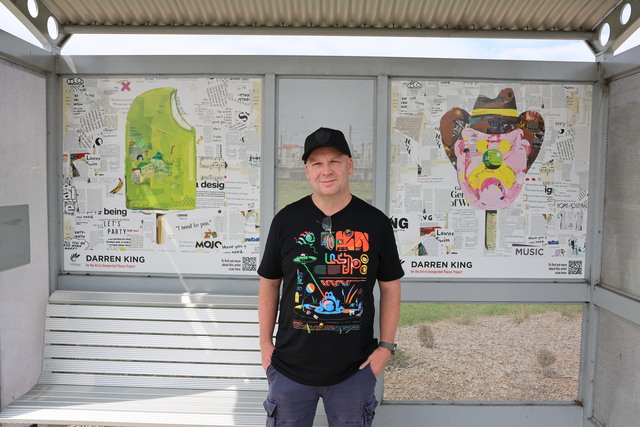In essence, efficiency is about squeezing more juice out of fewer oranges. More kilometres with less fuel; more heat with less gas; more bang for less buck. It’s a constant objective and one of the key drivers behind local government consolidation. And while the issue of consolidation is a far more nuanced discussion, at surface level it’s hard to argue with a desire to stretch the ratepayer’s dollar further.
The current call for amalgamations in NSW is hardly a new phenomenon. Queensland’s been there. Victoria too. Western Australia planned them – then nixed them. And in New Zealand, Auckland councils amalgamated into a “Super City” of sorts, while on the flip side Wellington recently quashed similar plans – at least for now. But it’s likely only a matter of time before the issue raises its head again.
Irrespective of any positive financial benefits that may result from amalgamation, for those involved it’s a daunting prospect – a union between two entities always is. After all, it’s more than merely the joining of two parties. There’s a mashing of cultures, the political stalemates of transition, the creation of a shared identity and a meshing of operations.
While it comes with the territory, all of this brings the promise of temporary upheaval, the learning of new systems, the potential for workplace relocation, uncertain job security and an often-unspoken belief that the process will unleash upon the participants all manner of headaches.
It’s therefore imperative, in light of the prospect of amalgamations, that councils begin backend preparations by making decisions to ensure that any transitions are as smooth as possible when (or if) the time comes. This is especially pertinent in NSW, where a review of all councils by the Independent Pricing and Regulatory Tribunal found 60 per cent were not “fit for the future” and are thus at risk of a forced merger.
Take procurement for example. Every council within a given state no doubt follows the same broad process, but each has tweaks here and there as to how they administer that process. But if amalgamation comes to pass – where two, or even three, become one – it seems sensible to opt for toolsets flexible enough to accommodate the eventual convergence of the procurement processes of two disparate organisations, both during and after the transition.
Digital, standardised, flexible and easily-scalable e-Procurement toolsets offer a bridge when it comes to finding common ground. Any toolset worth its salt will tick security, probity, audit, standardisation and efficiency boxes as a matter of course. But the best toolsets are easily configured to cater for independent councils – which may then become merged councils, clustered sets of councils buying together under a single banner, councils that use partially or fully-outsourced procurement models and councils which run centralised, centre-led or fully decentralised procurement models.
In uncertain times, there is much merit in opting for solutions that offer flexibility in the delivery of service; ones in which the needs of each council can be met as they move towards a union – a council “counsellor” of sorts – ensuring that when the big day comes, both can walk down the aisle knowing their procurement transition plans are already in place and that all that remains is to look forward to settling into the comfortable, day-to-day, household routines that characterise healthy partnerships.







